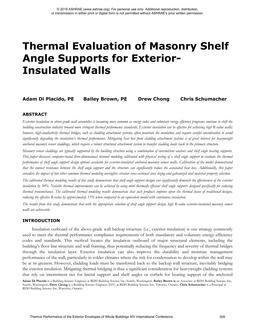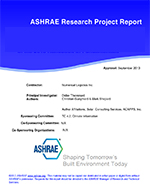Electronic air cleaners (EAC) using various technologies like UV, UV with photocatalysts, non-thermal plasma, and ozone generators are available in the market. These technologies directly generate and/or induce the production of various oxidizing agents like ozone, radicals, atoms and ions, which promote molecular dissociation leading to decomposition of volatile organic compounds (VOCs) in the air. According to the kinetics of atmospheric chemistry, most of these reactions are not instantaneous; hence, sufficient reaction time is required for effective applications of oxidation-based air cleaning technologies. However, in-duct air cleaning systems directly applied in air handling units (AHU) are operated in dynamic single-pass mode and tend to be subjected to a much shorter reaction time. This study investigates the effects of air flow rates on the performances of oxidation-based air cleaning technologies including UV with photocatalyst, plasma and ozone generators through dynamic laboratory tests. The tests were conducted at three different flow rates (i.e., 70, 100 and 150 cfm; 119, 170 and 255 m³/hr) for two different toluene challenge concentrations (i.e., 0.1 ppm and 1 ppm), and toluene removal efficiency and the generation of by-products were measured.
Citation: 2017 Winter Conference, Las Vegas, NV, Conference Papers
Product Details
- Published:
- 2017
- Number of Pages:
- 8
- Units of Measure:
- Dual
- File Size:
- 1 file , 1.4 MB
- Product Code(s):
- D-LV-17-C044


